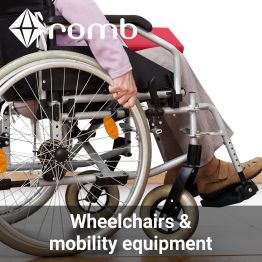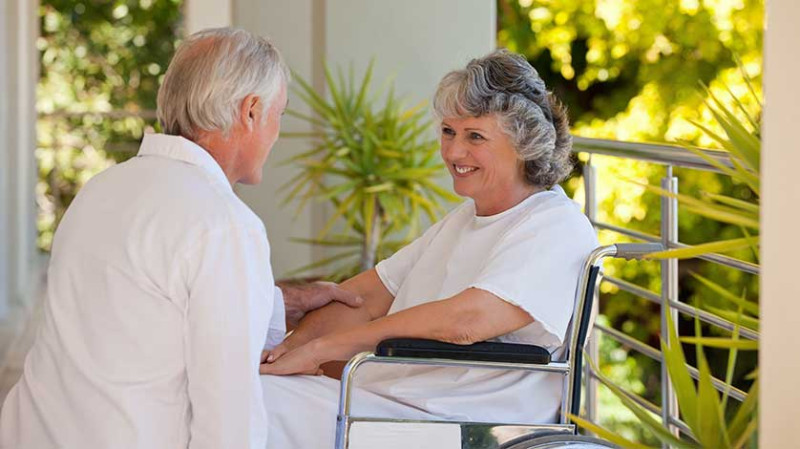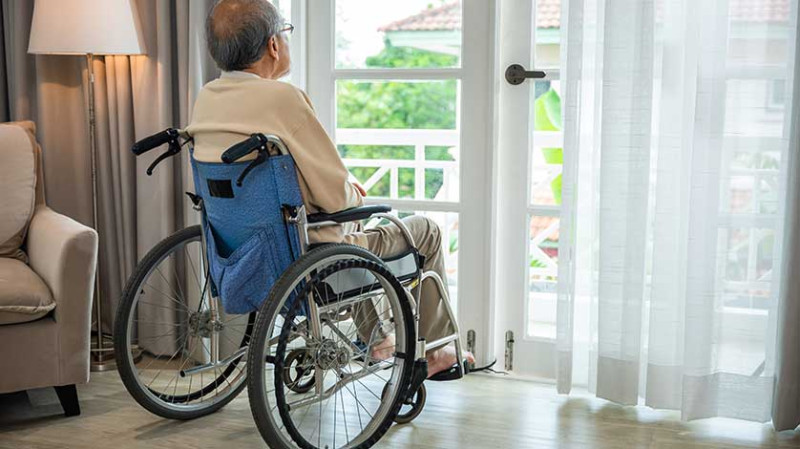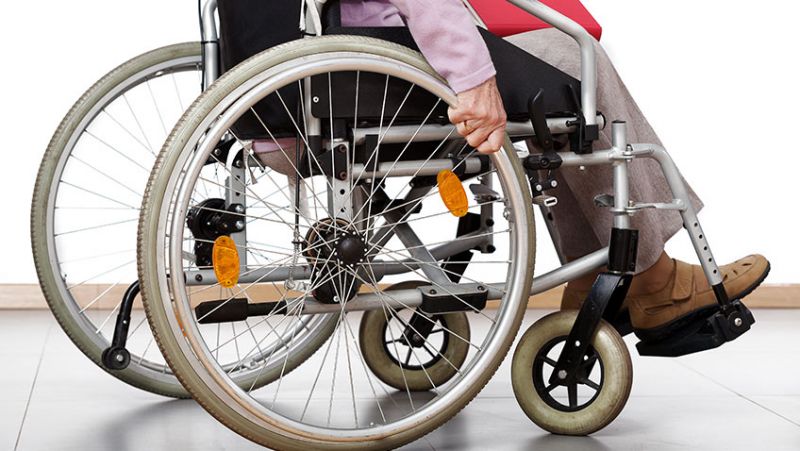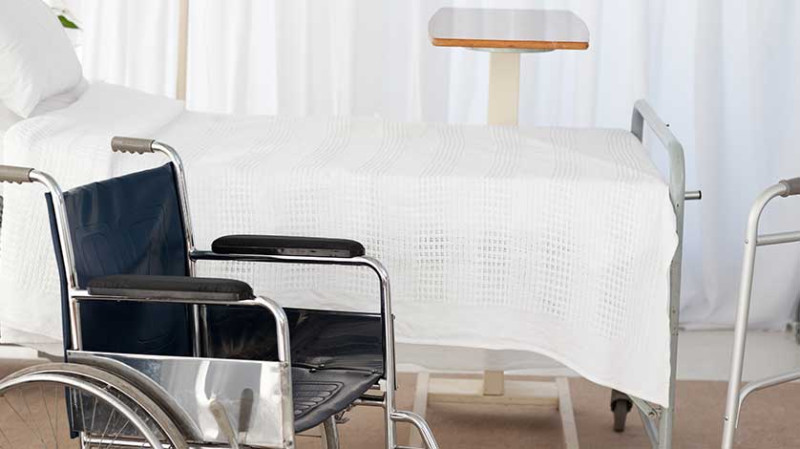
For individuals with limited mobility, daily routines like moving from a bed to a wheelchair may pose a significant challenge. Whether you're adapting your home for a loved one, designing accessible environments, or working in healthcare, understanding how to perform a proper stand pivot transfer is essential. It is not only about comfort—it ensures safety, independence, and dignity for the individual being assisted.
This guide will explore stand pivot transfers, particularly from bed to wheelchair, highlighting the correct technique, key safety considerations, and how to design home environments to facilitate easier transfers. Whether you're a DIY home modifier, a professional tradesperson, or a designer working on accessible interiors in the UK, this information will help you make smart, purpose-driven decisions.
What is a Stand Pivot Transfer?
A stand pivot transfer is a technique used to help someone move from one surface to another—such as a bed to a wheelchair—using a momentary standing position and then pivoting on one or both feet. This method is suitable for individuals who have some ability to bear weight through their legs but may have issues with coordination, balance or endurance.
Often used in clinical and home care settings, stand pivot transfers support mobility while minimising strain on caregivers. For people recovering from surgery, those with spinal cord injuries, or individuals with age-related conditions, this method provides a balance of safety and autonomy.
This technique is integral in occupational therapy and a standard skill taught to carers and health professionals. But increasingly, with interest in accessible home design and the rise of self-care movements, even homeowners and DIY enthusiasts are learning how to apply this effectively at home.
Who Can Benefit From Stand Pivot Transfers?
Understanding the types of users who benefit from this transfer method helps you identify when and where it’s applicable. People most likely to use this transfer include:
- Stroke survivors with hemiparesis
- Individuals recovering from hip or knee surgery
- People with partial paralysis or multiple sclerosis
- Older adults with limited mobility
- Patients in rehabilitation settings
In many cases, a stand pivot transfer allows individuals a greater sense of control over their daily routines. With some training and home adaptation, it can be performed safely with minimal or no assistance. This suits the goals of those who prioritise dignified living through smart home design and accessibility adaptations.
Step-by-Step Guide to Perform a Stand Pivot Transfer
Here is a simplified breakdown of the stand pivot transfer process from bed to wheelchair:
- Position the Wheelchair Correctly
Roll the wheelchair into place at a slight angle next to the bed, on the user's stronger or unaffected side. Ensure the wheelchair brakes are on, and the footrests are out of the way to reduce tripping hazards. - Prepare the Bed and User
Help the person slide to the edge of the bed with feet flat on the floor. If available, use non-slip shoes or socks. Encourage them to bring their body into a sitting position over the edge of the bed, helping with gentle support as needed. - Set for the Stand
Stand in front of the person with your knees slightly bent. Offer verbal cues such as "1, 2, 3, stand". Supporting them at the waist or by using a gait belt (if trained), help them into a standing position. - Pivot Toward the Wheelchair
With the individual standing, pivot them slowly toward the wheelchair using their stronger leg as a support. You may guide them with a gentle turn while they reach for the far armrest of the chair. - Lower into the Seat Safely
Assist them in gently lowering into the wheelchair, ensuring control and balance throughout the descent. Adjust footrests and lap belts if necessary for comfort and safety.
If you're a designer or builder involved in modifying homes for disabled or older residents, ensuring enough clearance around the bed and wheelchair, as well as firm flooring, will make these movements smoother and safer.
Tools and Accessories that Enhance Stand Pivot Transfers
While some individuals can complete stand pivot transfers with basic caregiver assistance, supportive equipment can simplify the process and reduce injury risks. Here are key tools you might consider integrating into your home design or care plan:
| Product | Description | Ideal For |
|---|---|---|
| Transfer Belt (Gait Belt) | A strong belt worn around the patient's waist to assist with lifting and stability during transfer. | Caregivers in home or clinical settings |
| Transfer Board | A smooth board used to bridge the gap between the bed and wheelchair, suitable when full standing is not possible. | Partially immobile users |
| Hospital Bed with Adjustable Height | Allows easy matching of bed height to wheelchair for safer standing and pivoting. | Permanent users with ongoing care needs |
| Grab Rails | Wall-mounted rails that provide additional grip and balance control when standing or pivoting. | DIY home installations |
Each of these tools is readily available in the UK market and can be integrated into smart homes or NHS care settings. If you're a tradesperson or designer aiming to meet accessibility regulations such as Part M of the Building Regulations, installing these features offers both compliance and client value.
Designing Homes for Easy Transfers
Home design plays a pivotal role in the success of stand pivot transfers. For those involved in planning or executing modifications, here are several key considerations:
First, provide ample turning space between the bed and wheelchair. A good rule of thumb is to allow at least 1.2 metres clearance for a wheelchair to pivot comfortably. Second, use hard, non-slip surfaces like vinyl or hardwood, which promote safe footing. Avoid thick-pile carpets, which can create friction and trip hazards.
Add bedside grab rails and ensure lighting is consistent, especially for nighttime transfers. Consider motion-activated LEDs that reduce visibility stress. If possible, locate the bedroom on the ground floor to eliminate the need for stair lifts or additional mobility aids.
Professional tradespeople and architects should also consider options for adjustable beds and inclusive bathroom designs nearby, making the morning routine seamless and safe.
Common Mistakes and How to Avoid Them
Even the best-intentioned caregivers and DIYers can make errors during a transfer. Common mistakes include rushing the process, neglecting to lock the wheelchair, or pulling the person by their arms, which can cause joint injuries. A slower, more controlled pace, using correct body mechanics, is always safer.
Some homeowners may also underestimate the need for space or ignore flooring surfaces. Without the right configuration, even the most skilled individual will struggle to execute a pivot safely. Always consider space planning as central to mobility support.
Finally, training is key. If you’re a caregiver or designer specifying custom solutions, don’t hesitate to consult with an occupational therapist. They can offer practical guidance based on real-world experience and patient profiles.
Conclusion
The stand pivot transfer from bed to wheelchair is a fundamental component of mobility for many individuals across the UK. Whether you're caring for a loved one, adjusting your home for accessibility, or working as a design professional integrating inclusive features—knowledge and preparation are crucial.
By understanding the process, taking appropriate safety steps, and outfitting spaces properly, you can ensure that each transfer is a step toward comfort and independence. And with the UK’s increasing demand for ageing-in-place solutions and inclusive design, now is the perfect time to offer services and solutions that make mobility smoother for everyone.
Looking to add stand pivot–friendly features to your next home project? Explore our range of accessibility options and expert consultation services today.
